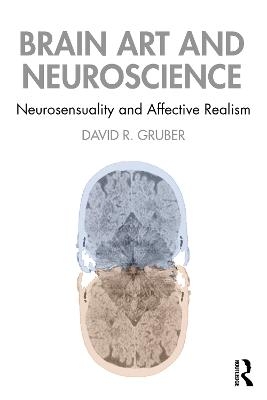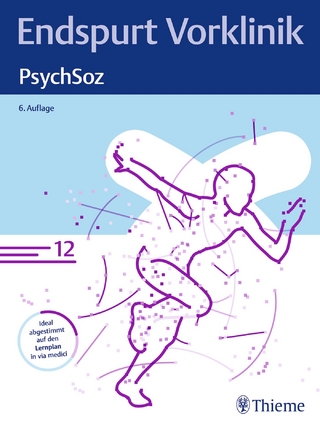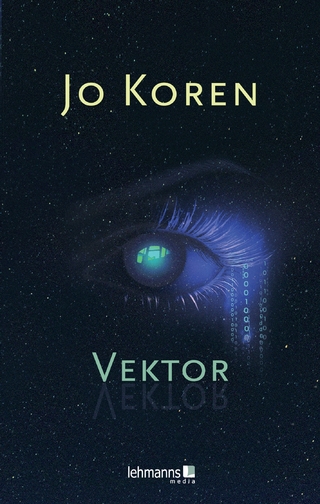
Brain Art and Neuroscience
Neurosensuality and Affective Realism
Seiten
2020
Routledge (Verlag)
978-0-367-89819-9 (ISBN)
Routledge (Verlag)
978-0-367-89819-9 (ISBN)
This book examines artistic representations of the brain after the rise of the contemporary neurosciences. Engaging with New Materialism and Affect Theory, it provides a current and concrete example of the on-going shift away from constructivist lenses.
The first of its kind, this book examines artistic representations of the brain after the rise of the contemporary neurosciences, examining the interplay of art and science and tackling some of the critical-cultural implications.
Weaving an MRI pattern onto a family quilt. Scanning the brain of a philosopher contemplating her own death and hanging it in a museum. Is this art or science or something in-between? What does it mean? How might we respond? In this ground-breaking new book, David R. Gruber explores the seductive and influential position of the neurosciences amid a growing interest in affect and materiality as manifest in artistic representations of the human brain. Contributing to debates surrounding the value and/or purpose of interdisciplinary engagement happening in the neuro-humanities, Gruber emphasizes the need for critical-cultural analysis within the field. Engaging with New Materialism and Affect Theory, the book provides a current and concrete example of the on-going shift away from constructivist lenses, arguing that the influence of relatively new neuroscience methods (EEG, MRI and fMRI) on the visual arts has not yet been fully realised. In fact, the very idea of a brain as it is seen and encountered today—or "The Brain," as Gruber calls it—remains in need of critical, wild and rebellious re-imagination.
Illuminating how artistic engagement with the brain is often sensual and suggestive even if rooted in objectivist impulses and tied to scientific realism, this book is ideal for scholars in Art, Media Studies, Sociology, and English departments, as well visual artists and anyone seriously engaging discourses of the brain.
The first of its kind, this book examines artistic representations of the brain after the rise of the contemporary neurosciences, examining the interplay of art and science and tackling some of the critical-cultural implications.
Weaving an MRI pattern onto a family quilt. Scanning the brain of a philosopher contemplating her own death and hanging it in a museum. Is this art or science or something in-between? What does it mean? How might we respond? In this ground-breaking new book, David R. Gruber explores the seductive and influential position of the neurosciences amid a growing interest in affect and materiality as manifest in artistic representations of the human brain. Contributing to debates surrounding the value and/or purpose of interdisciplinary engagement happening in the neuro-humanities, Gruber emphasizes the need for critical-cultural analysis within the field. Engaging with New Materialism and Affect Theory, the book provides a current and concrete example of the on-going shift away from constructivist lenses, arguing that the influence of relatively new neuroscience methods (EEG, MRI and fMRI) on the visual arts has not yet been fully realised. In fact, the very idea of a brain as it is seen and encountered today—or "The Brain," as Gruber calls it—remains in need of critical, wild and rebellious re-imagination.
Illuminating how artistic engagement with the brain is often sensual and suggestive even if rooted in objectivist impulses and tied to scientific realism, this book is ideal for scholars in Art, Media Studies, Sociology, and English departments, as well visual artists and anyone seriously engaging discourses of the brain.
David R. Gruber is an Assistant Professor in the Department of Media, Cognition and Communication at the University of Copenhagen. His research spans the rhetoric of science, body studies, and the public understanding of science. Much of his work focuses on the role of neuroscience in society and the reasons why brain findings can be so persuasive. He is co-editor of The Routledge Handbook of Language and Science with Lynda Walsh and creator of the neuro-humanities website, Neurohuman.com.
Preface Chapter 1. Ancient Histories of the Brain Concept Chapter 2. Neuro-Sensuality and Brain Art Chapter 3. Affective Realism and Brain Art Chapter 4. Brain Art on the Ontological Stage Conclusion. For the Love of the Momentary Brain
| Erscheinungsdatum | 28.05.2020 |
|---|---|
| Zusatzinfo | 10 Halftones, color; 10 Illustrations, color |
| Verlagsort | London |
| Sprache | englisch |
| Maße | 156 x 234 mm |
| Gewicht | 300 g |
| Themenwelt | Studium ► 1. Studienabschnitt (Vorklinik) ► Med. Psychologie / Soziologie |
| Naturwissenschaften ► Biologie ► Humanbiologie | |
| Naturwissenschaften ► Biologie ► Zoologie | |
| Sozialwissenschaften ► Soziologie | |
| ISBN-10 | 0-367-89819-5 / 0367898195 |
| ISBN-13 | 978-0-367-89819-9 / 9780367898199 |
| Zustand | Neuware |
| Informationen gemäß Produktsicherheitsverordnung (GPSR) | |
| Haben Sie eine Frage zum Produkt? |
Mehr entdecken
aus dem Bereich
aus dem Bereich


